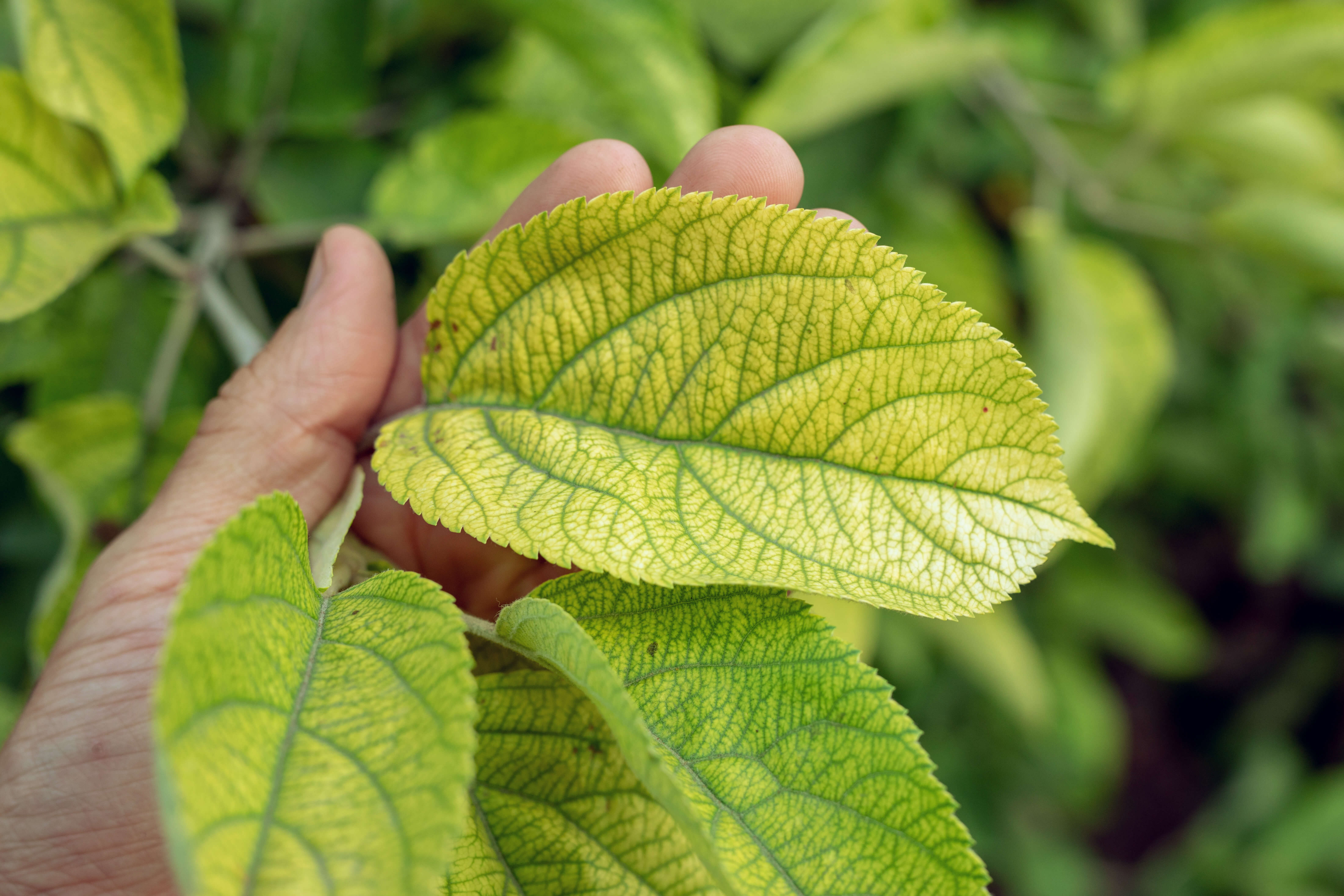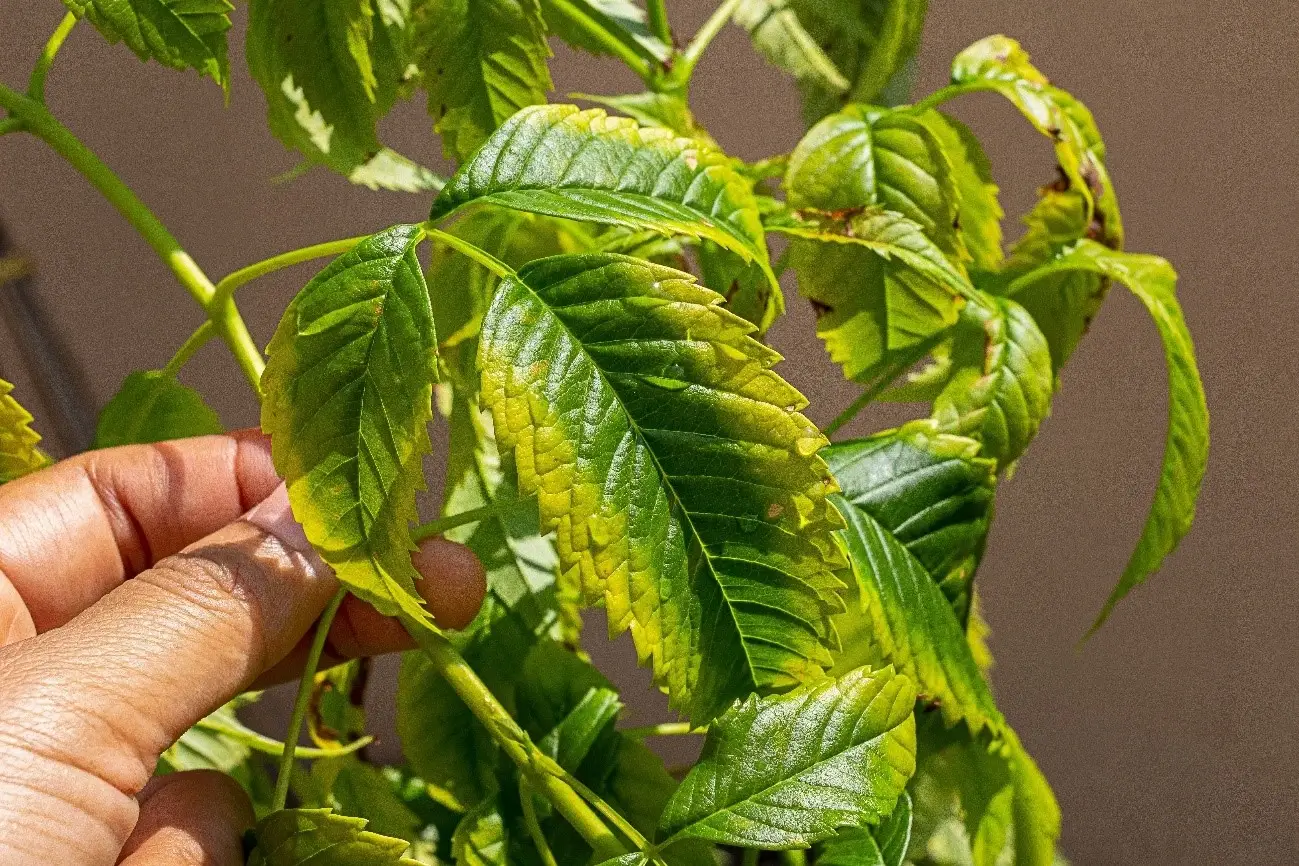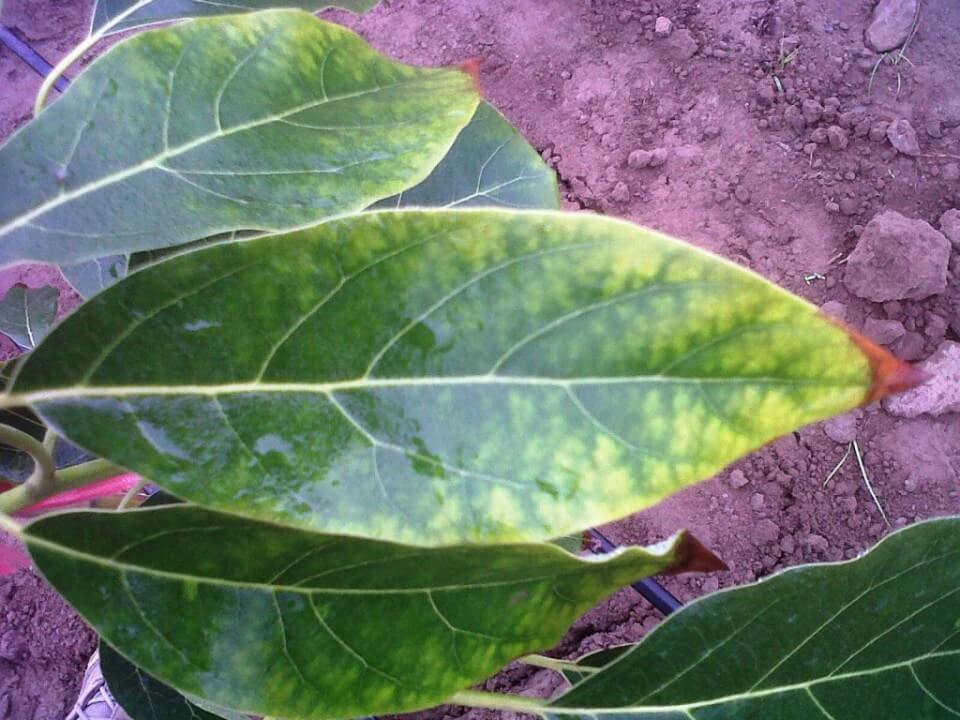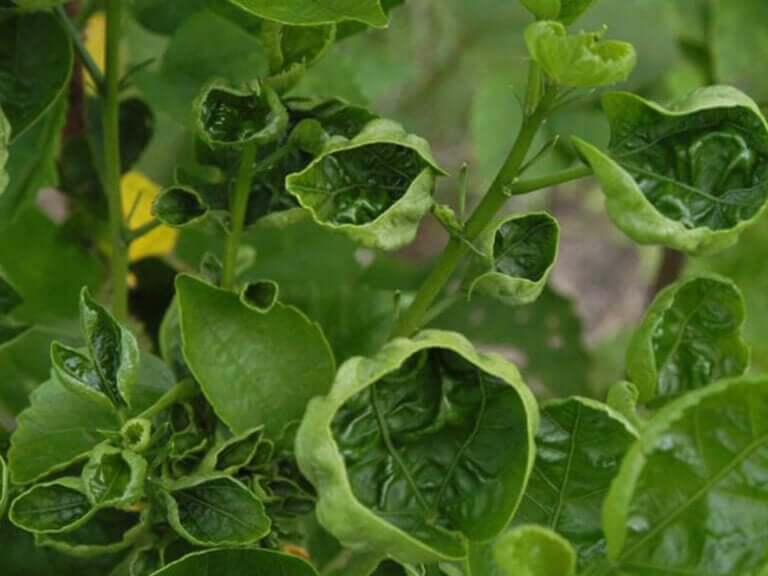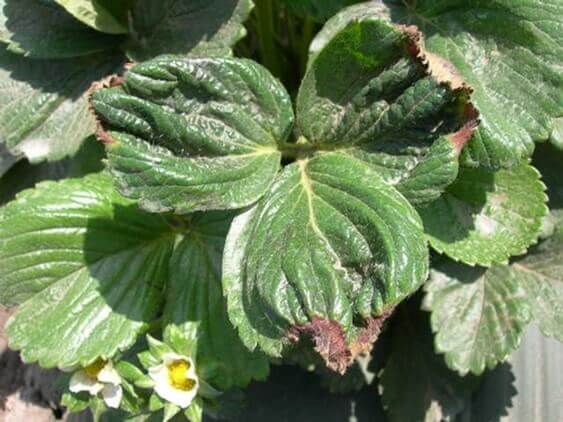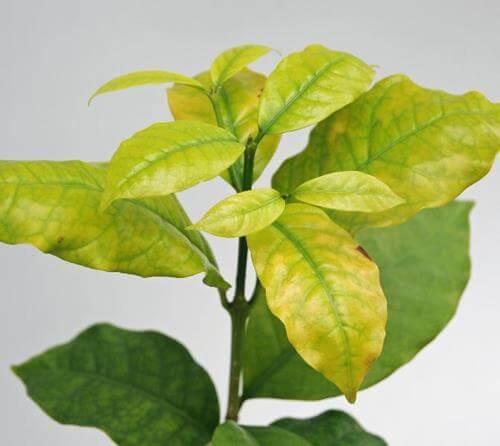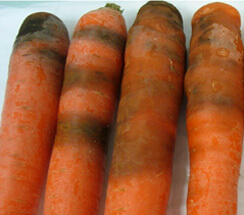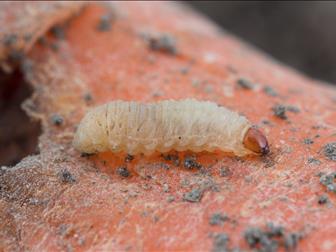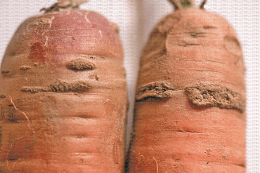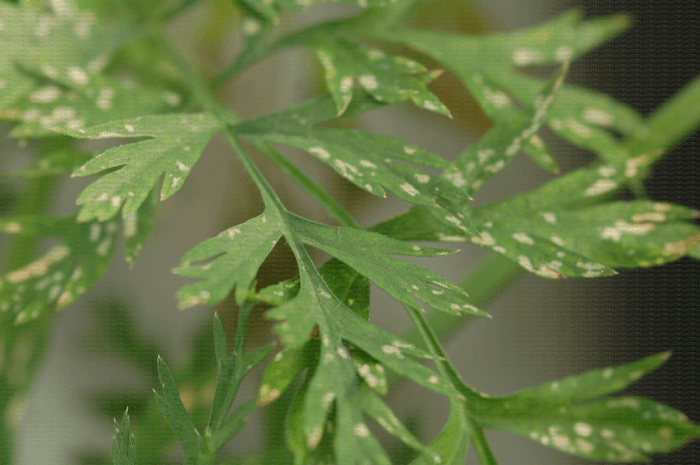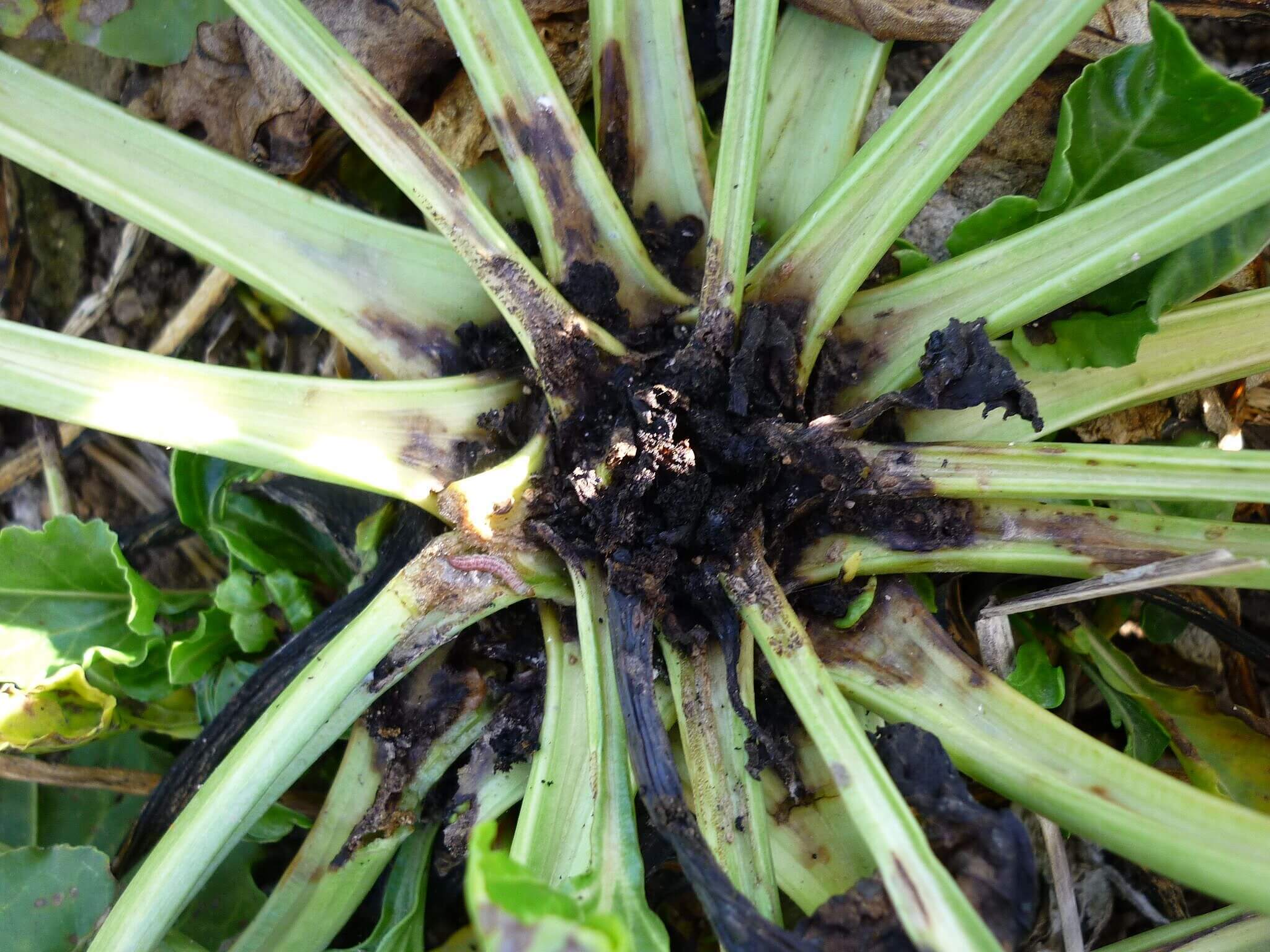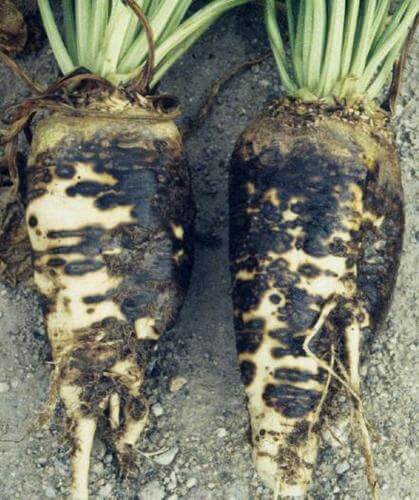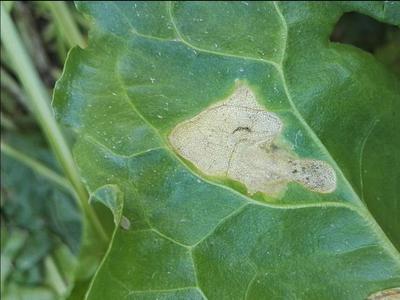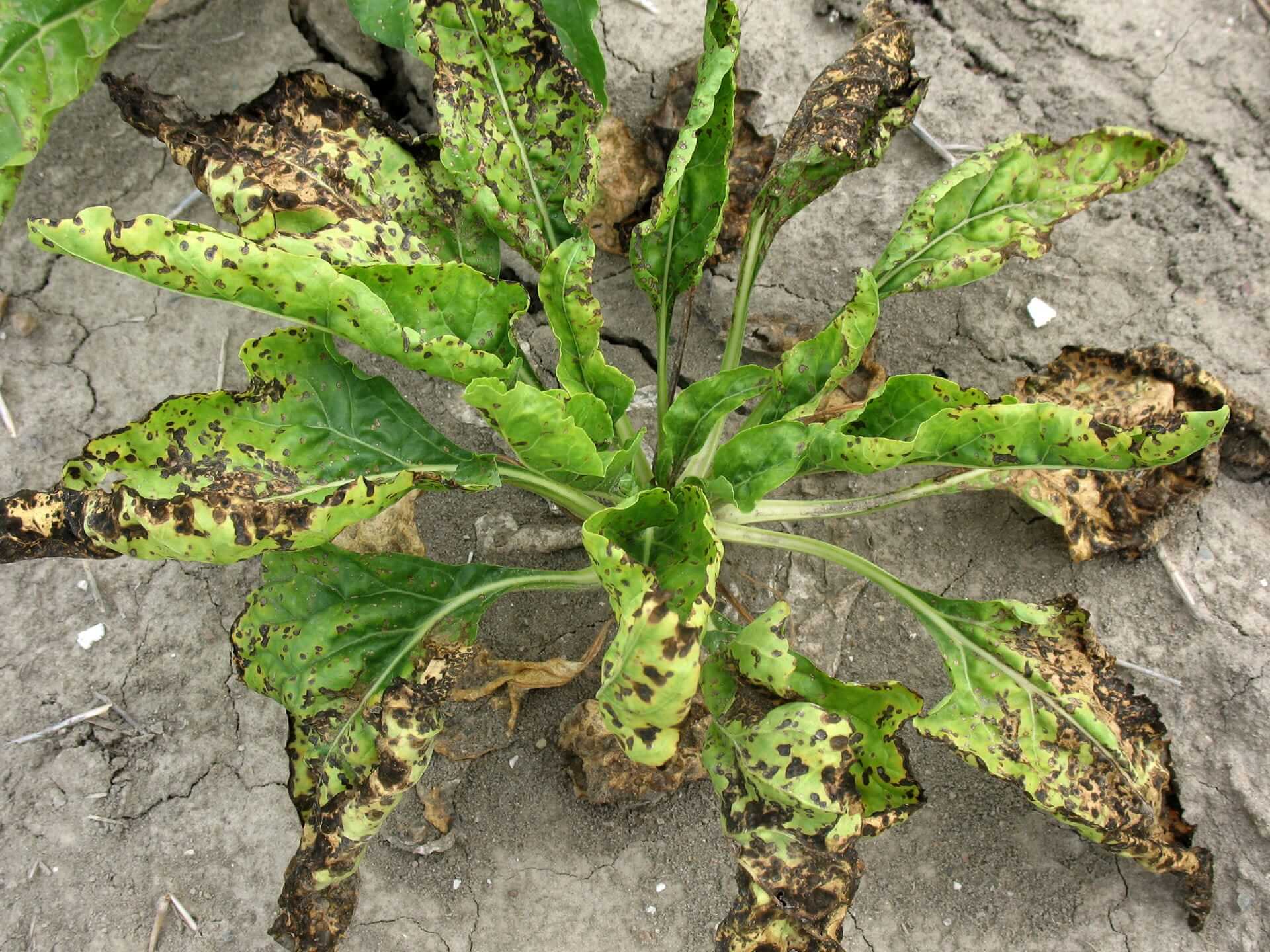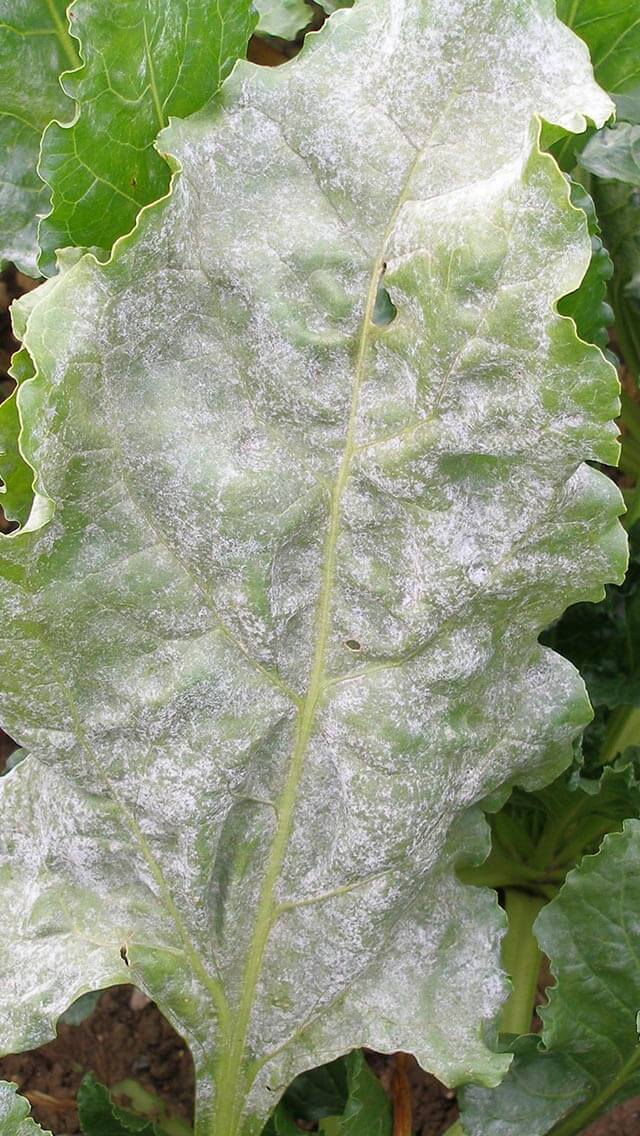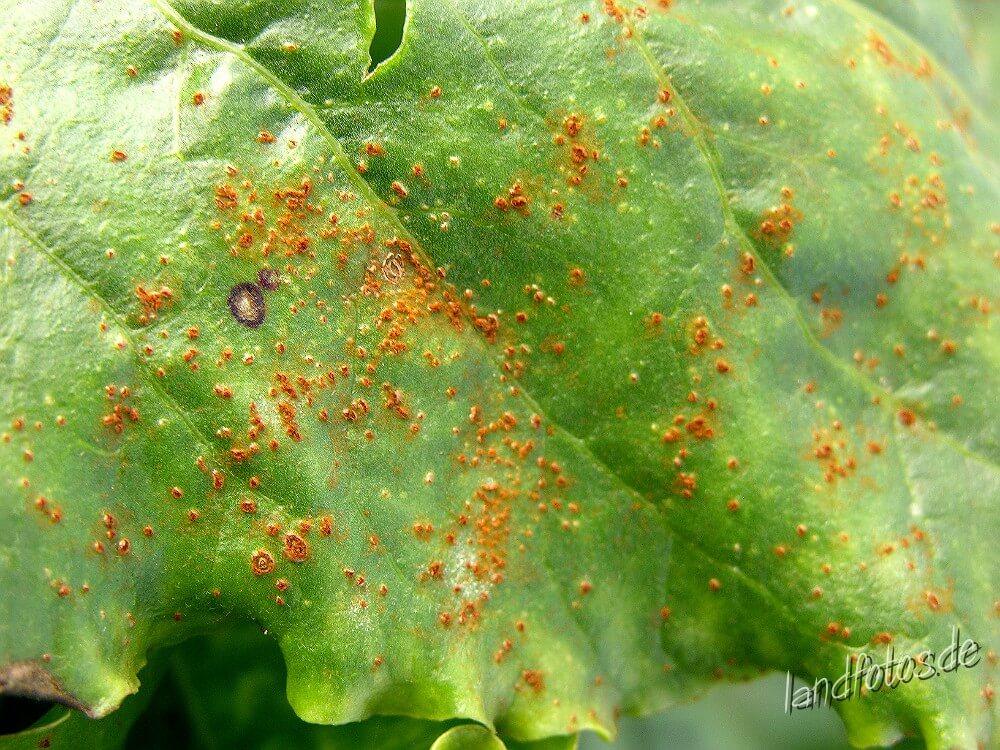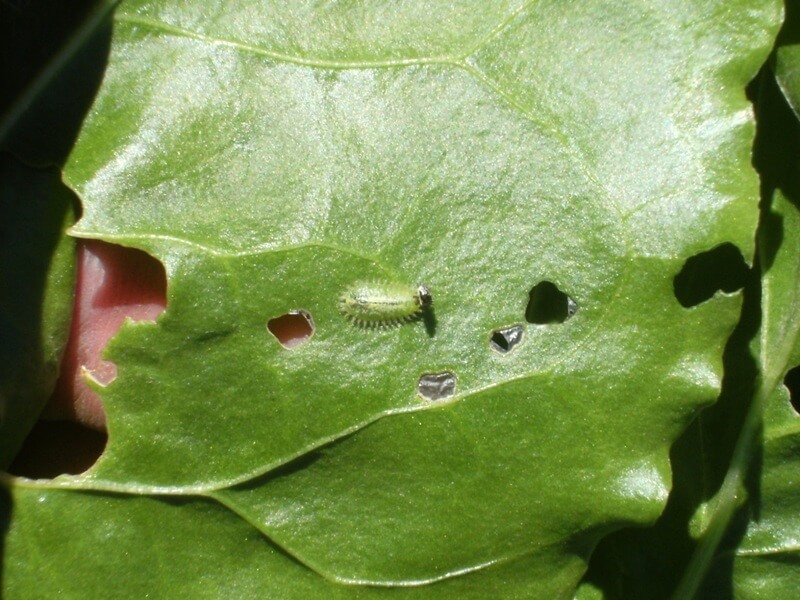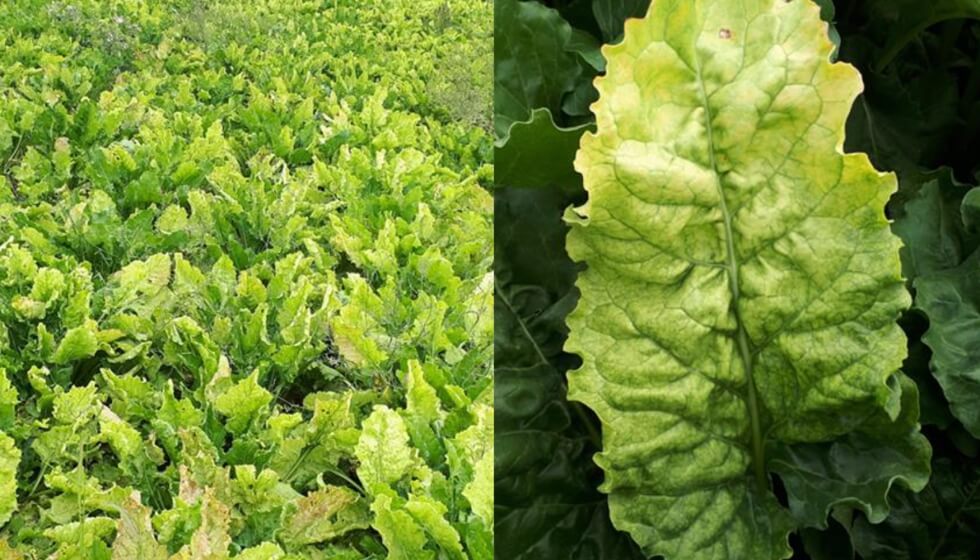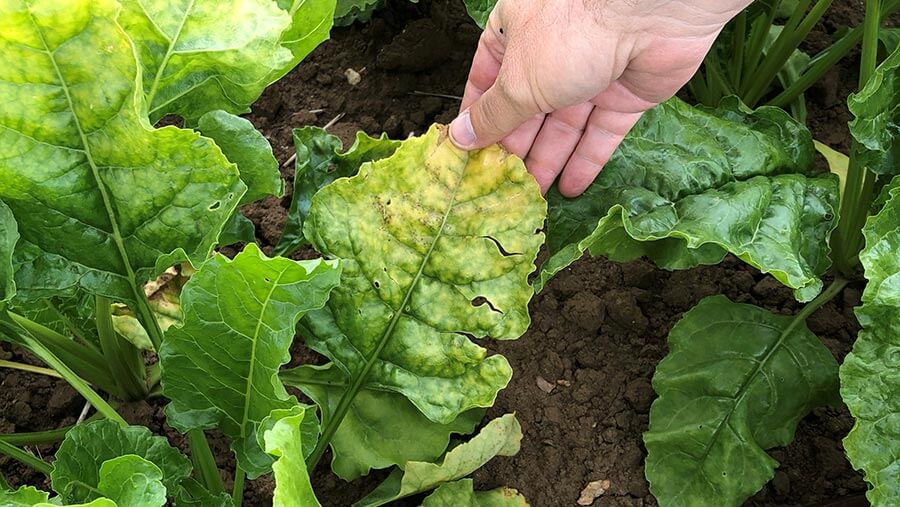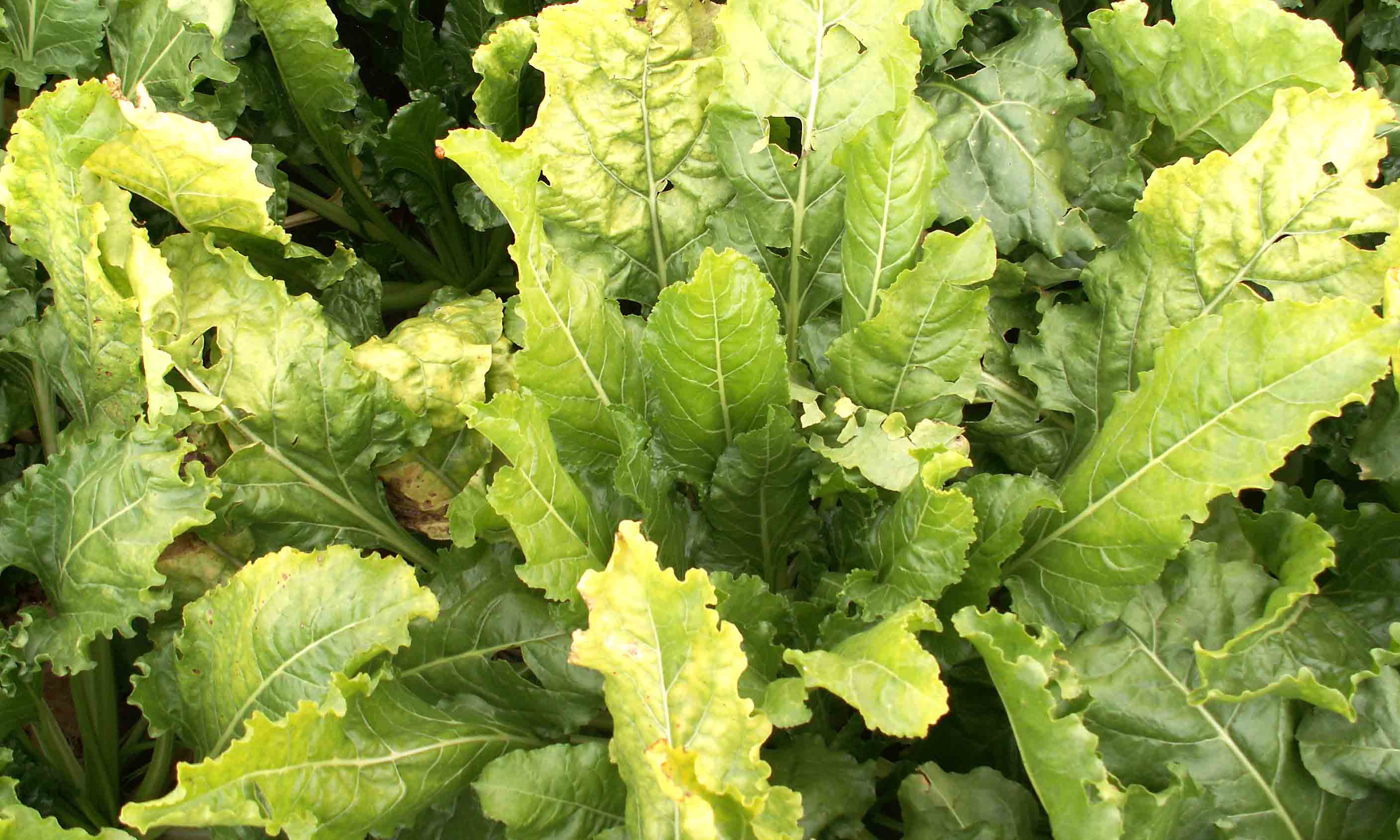
Platanera
How to recognize and treat watery pseudostem rot or soft rot in banana trees
Watery pseudostem rot or soft rot
Bacterium
Type:
Risk to the plant:
CRITICAL
Erwinia sp. / Dickeya sp.
Pathogen:
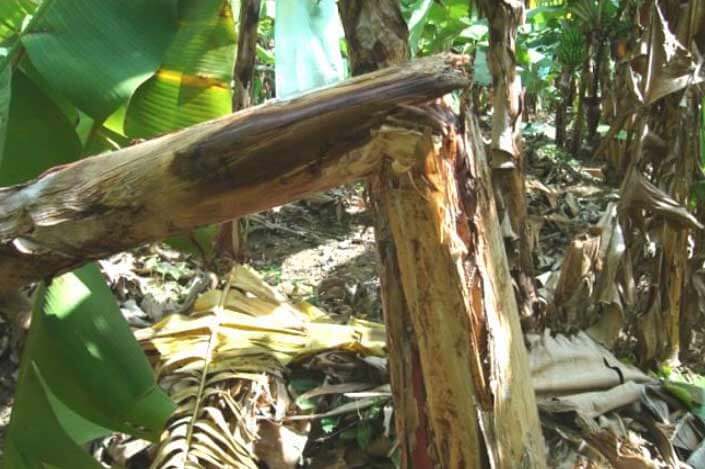
Bacteriosis
WHO CAUSES IT?
Erwinia sp. and Dickeya sp. They are phytopathogenic bacteria that affect a wide variety of crops, including bananas. These bacteria are opportunistic and enter the plant through wounds, stomata or damaged tissues. Once inside, they colonize the vascular system and internal tissues, releasing pectinolytic enzymes that degrade cell walls and cause tissue breakdown. The multiplication of these bacteria is favored by conditions of high humidity and moderate to high temperatures, which accelerates the process of necrosis and rot. These bacteria can survive in plant debris, soil and water, persisting in the environment until they find a new suitable host. The infection intensifies when there are predisposing factors such as water stress, waterlogged soils or the presence of wounds on the plant.
SYMPTOMS
Watery pseudostem rot or soft rot seriously affects the structure of the banana tree, weakening its support capacity and causing its collapse. The disease begins with bacterial infiltration into the internal tissues, where a progressive degradation of the pseudostem occurs. As the infection progresses, the tissues decompose into a viscous mass with an unpleasant odor, compromising the functionality of the plant and its production.
- Appearance of watery areas at the base of the pseudostem.
- Progressive softening of internal tissues.
- Emission of a characteristic foul odor due to bacterial decomposition.
- Wilting and collapse of the pseudostem.
- Secretion of bacterial exudates in the affected area.
- Internal rot that advances to affect the corm.
- Loss of structure and fall of the plant in advanced stages.


DEVELOPMENT CONDITIONS
Temperature:
25°C - 35°C
Humidity:
85% - 100%
HOW IS IT SPREAD?
Contaminated water, agricultural tools, infected plant remains, contact between plants, vector insects, contaminated soil
HOW TO ELIMINATE IT?
Home treatments
There are no home treatments
Natural allies
Chemical treatments
There are no treatments for this disease. Treatments are directed at the insect vectors that transmit it. See insect treatments.
RECOMMENDED PRODUCTS TO ELIMINATE THE PEST
Sponsored link
Sponsored link
Sponsored link
Sponsored link
Sponsored link
Sponsored link
Sponsored link
Effective against all types of fungi
Sponsored link
Sponsored link
Sponsored link
Sponsored link
Sponsored link
REPELLENT PLANTS
-
RECOMMENDATIONS





















